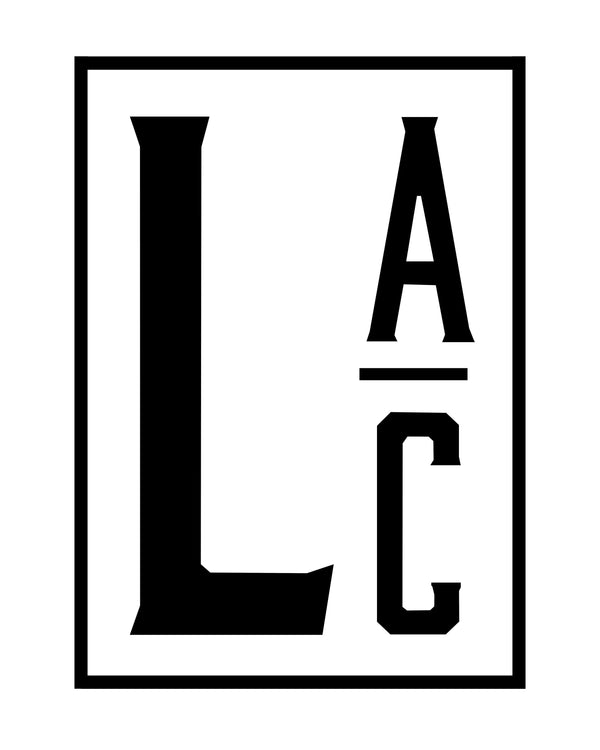
Who Was Marc Chagall ?
Marc Chagall was an artist who lived from 1887 until he died aged 97 in 1985. Chagall was one of the early modernists, taking much of his inspiration from Eastern European and Jewish folklore. He has been called the “quintessential” Jewish artist of the 20th century. He is known for his stained glass works, paintings, and murals. Here’s an overview of a master’s life and works.
Difficult childhood
Chagall was born into a Jewish family in a small town of less than 70,000. According to a New York Times article (simply titled “Chagall”), the artist said that an “aroma” of his birthplace was present in his work. He pointed to the horizons and figures in Van Gogh’s art, the “almost Arab ornamentation” in Picasso’s, and the linear feeling of Modigliani’s as examples of how birthplaces inform art. Chagall’s own works were informed by Vitebsk’s Russian empire influence, the many churches and synagogues, and the mix of Christian and Jewish towers, domes, and spires.
Vitebsk was mostly built of wood and not much survived World War II. Chagall was the eldest of nine brothers and sisters. His parents were observant Hasidic Jews. Chagall’s father attended the synagogue at six in the morning, then started work carrying heavy barrels for a herring merchant – work that Chagall described as “hellish”.
The family were well fed, with bread, butter, and cheese in good supply. But Chagall “felt at every step” his Jewish heritage, unwelcome by much of the public. He worried when it got dark and had to deny being a Jew. Jewish people did not have full civic rights and official policies were shaped by racist imperial advisers.
50 roubles to attend
Chagall’s mother offered a high school headmaster 50 roubles to allow her son to attend. It went against the quota on Jewish students, but the headmaster accepted. Chagall watched a fellow student drawing, and at age 13, his artistic life began. He copied pictures in books and soon decided he wanted to be an artist.
He decided to express his Jewish roots in his artworks. Despite pressure from both the broader Russian society and the art establishment to assimilate, Chagall remained committed to expressing his heritage. He drew from folklore, religious rituals, and everyday scenes. Chagall’s art became known for its dreamlike qualities and the apparent blend of reality and fantasy. His early, near-surreal compositions, such as I and the Village (1911) were among the first in modern art to express “psychic reality” (per Britannica). Chagall worked in various media: sets for plays, Bible etchings, and the stained-glass windows he is perhaps most famous for.
Nazi Germany campaigned against modernist art (expressionism, cubism, abstractionism, surrealism – in the words of biographer Jackie Wullschlager, “anything intellectual”). But Chagall’s works always contained expressions of his Jewish heritage, joy, and sorrow. Modern Jewish painters frequently cite Chagall as an inspiration; his sense of color and vibrant palette can be seen echoed in today’s Jerusalem paintings.
Legacy
Chagall weaved together his personal history and the broader themes of 20th century art, creating a body of work that has resonated across the world. Galleries such as Vienna’s Albertina Museum, Nice’s Musée national Marc Chagall, and Düsseldorf’s Kunstsammlung Nordrhein-Westfalen continue to showcase his art.
